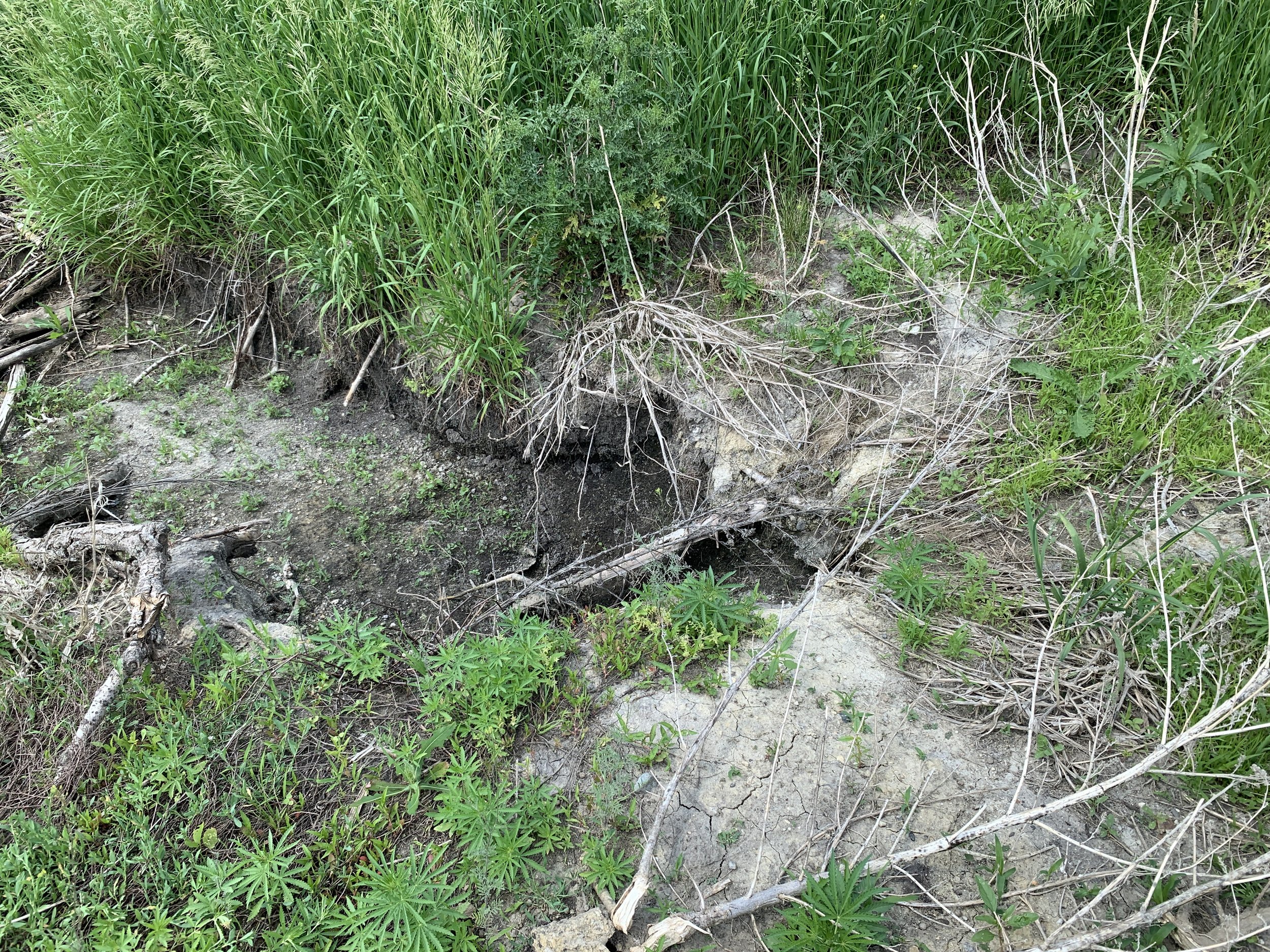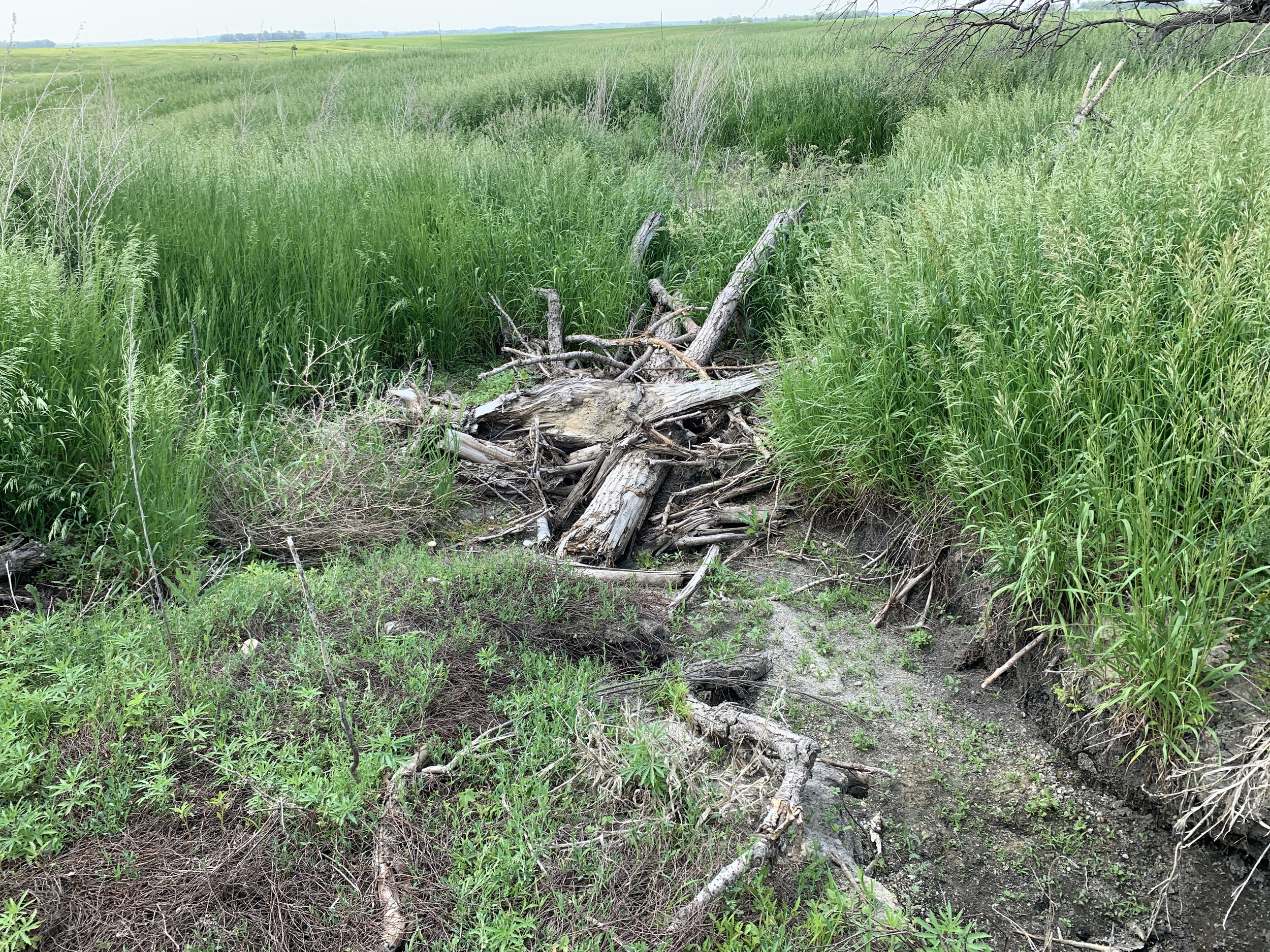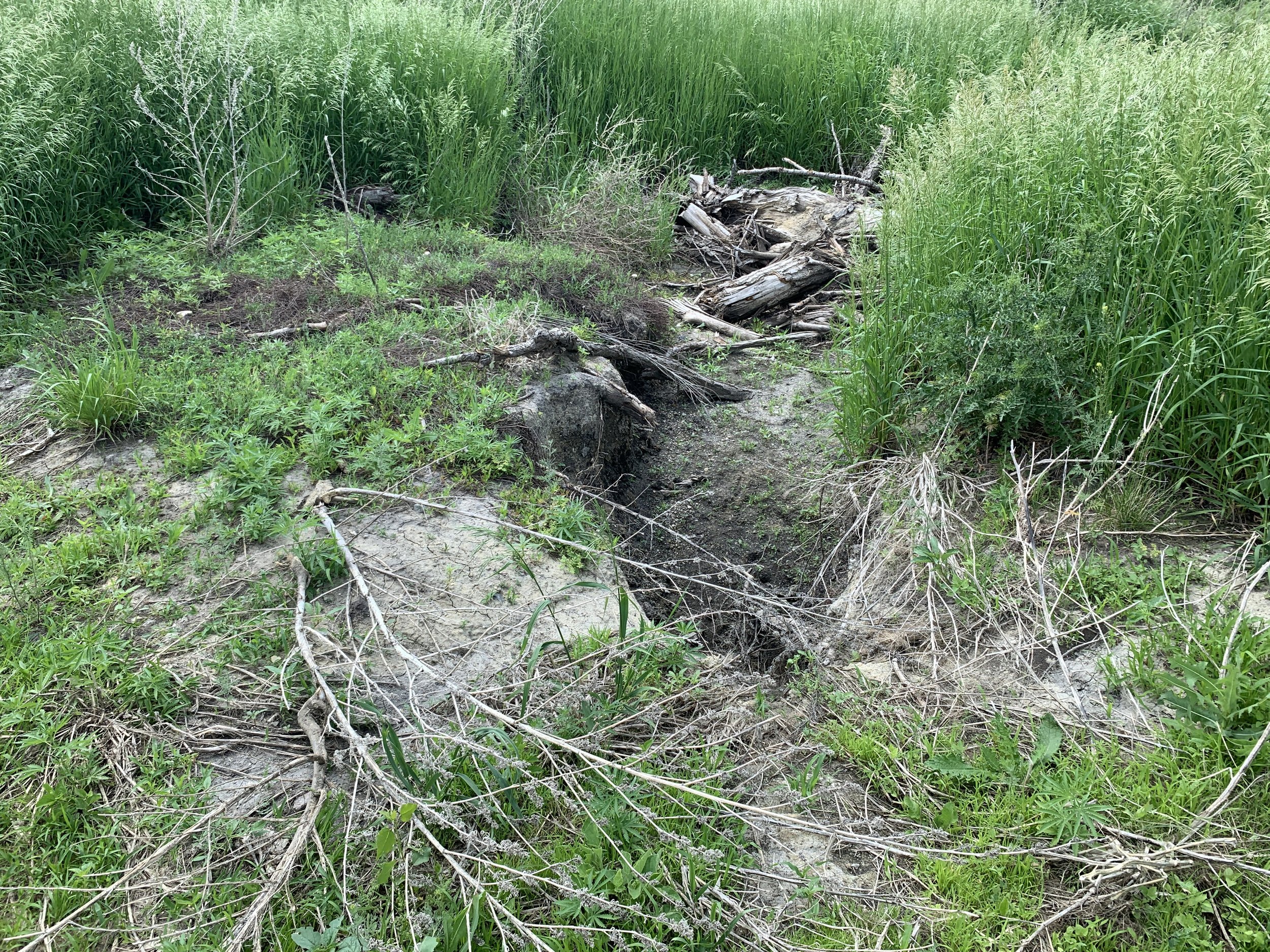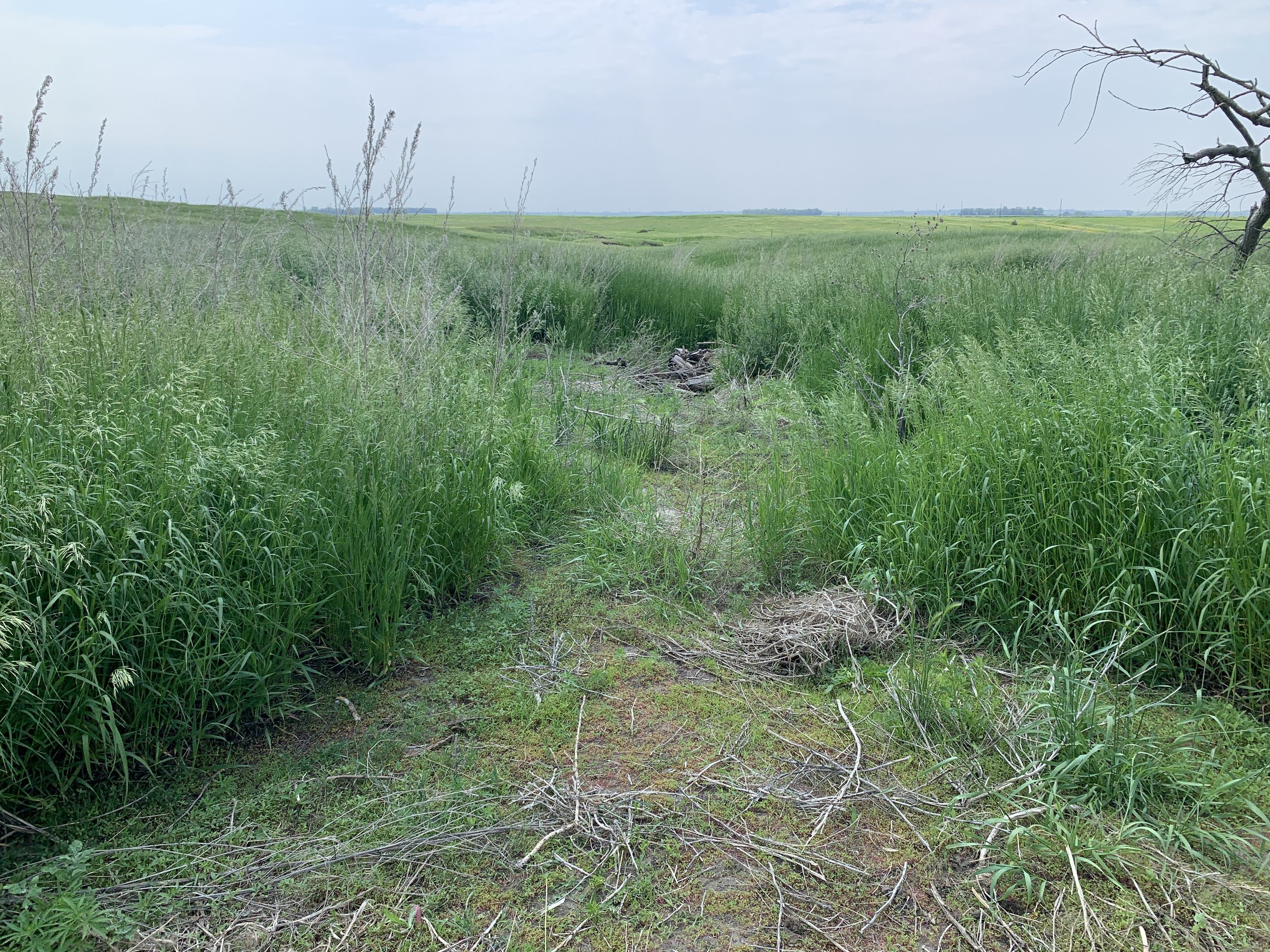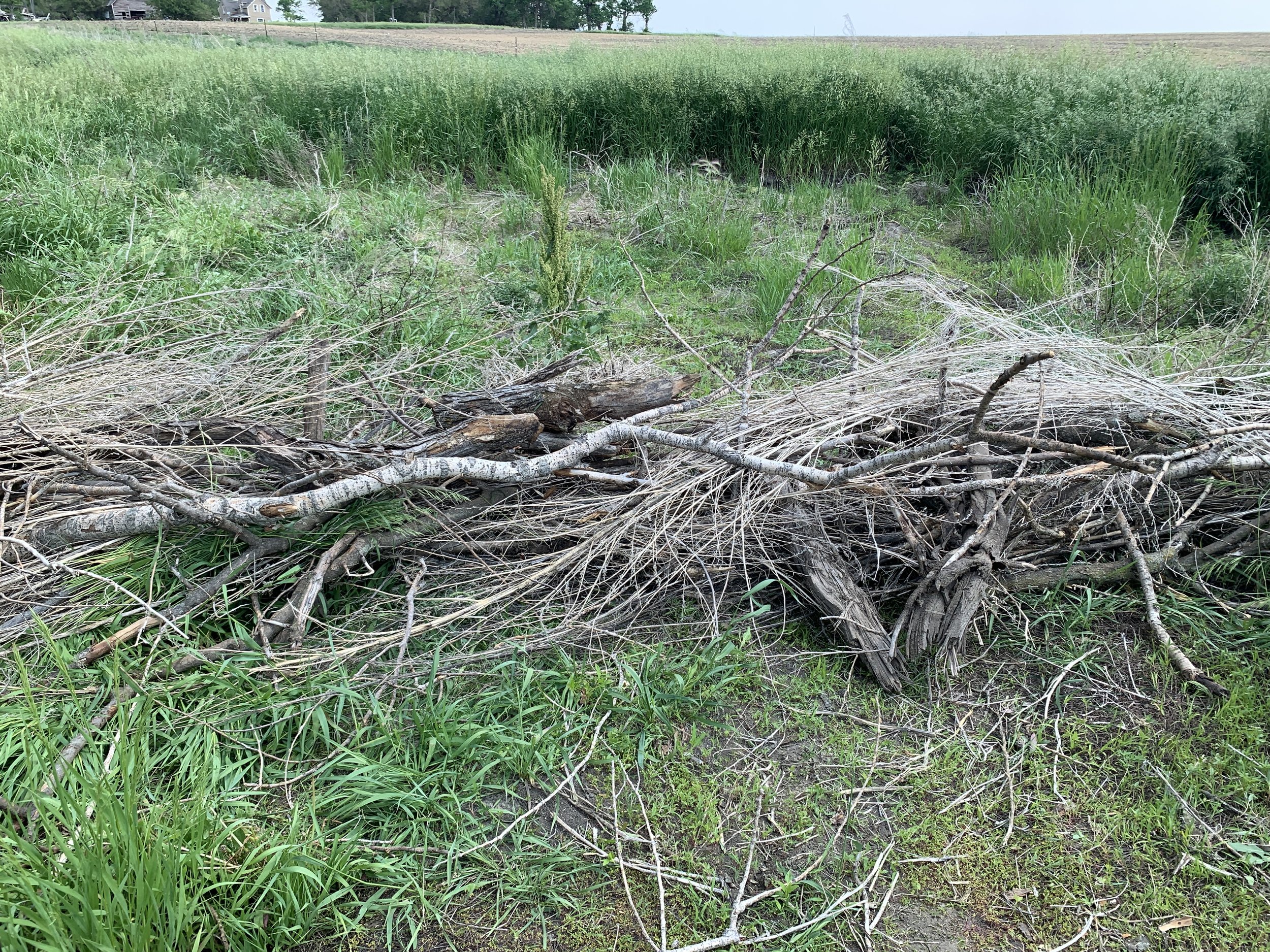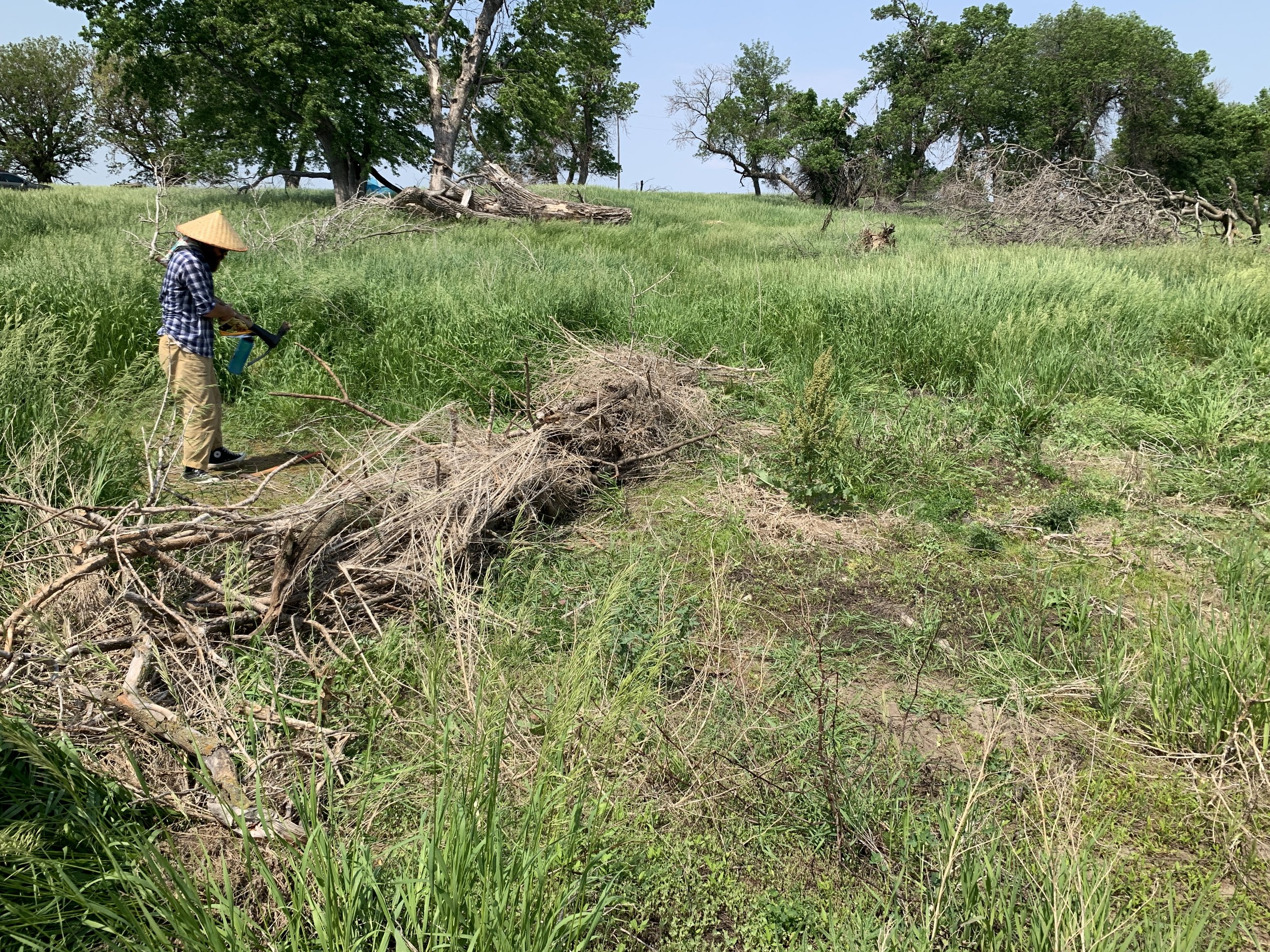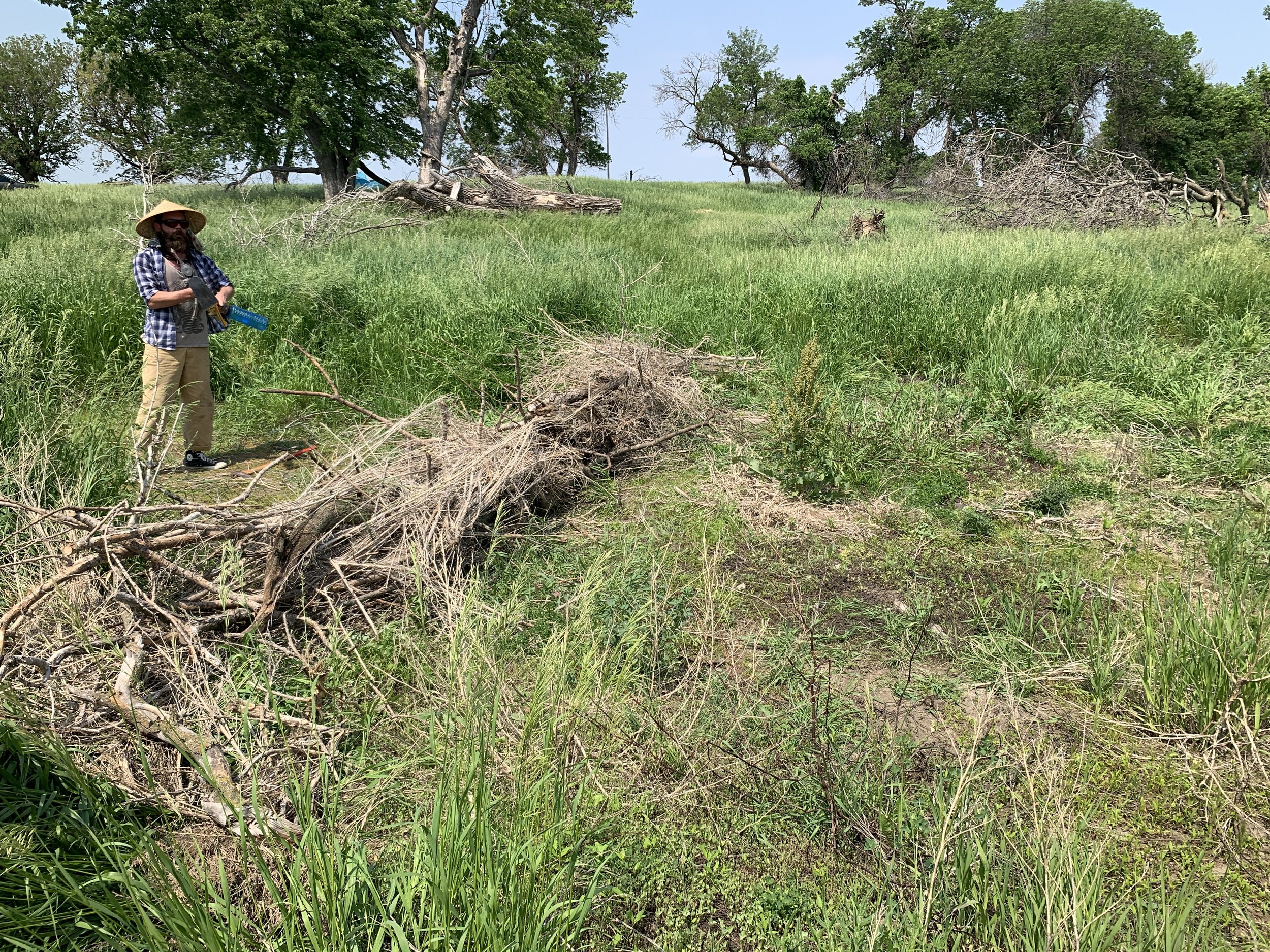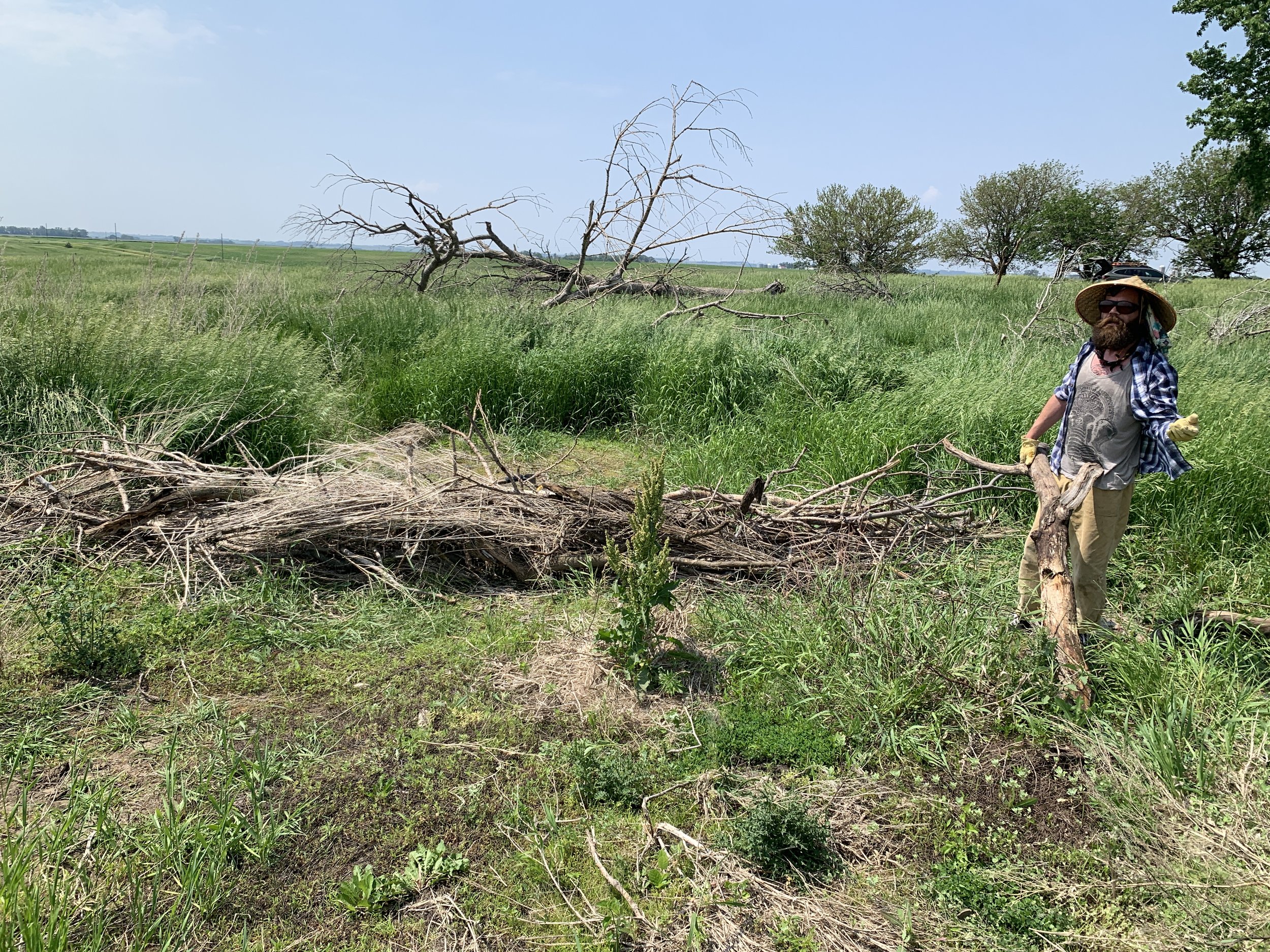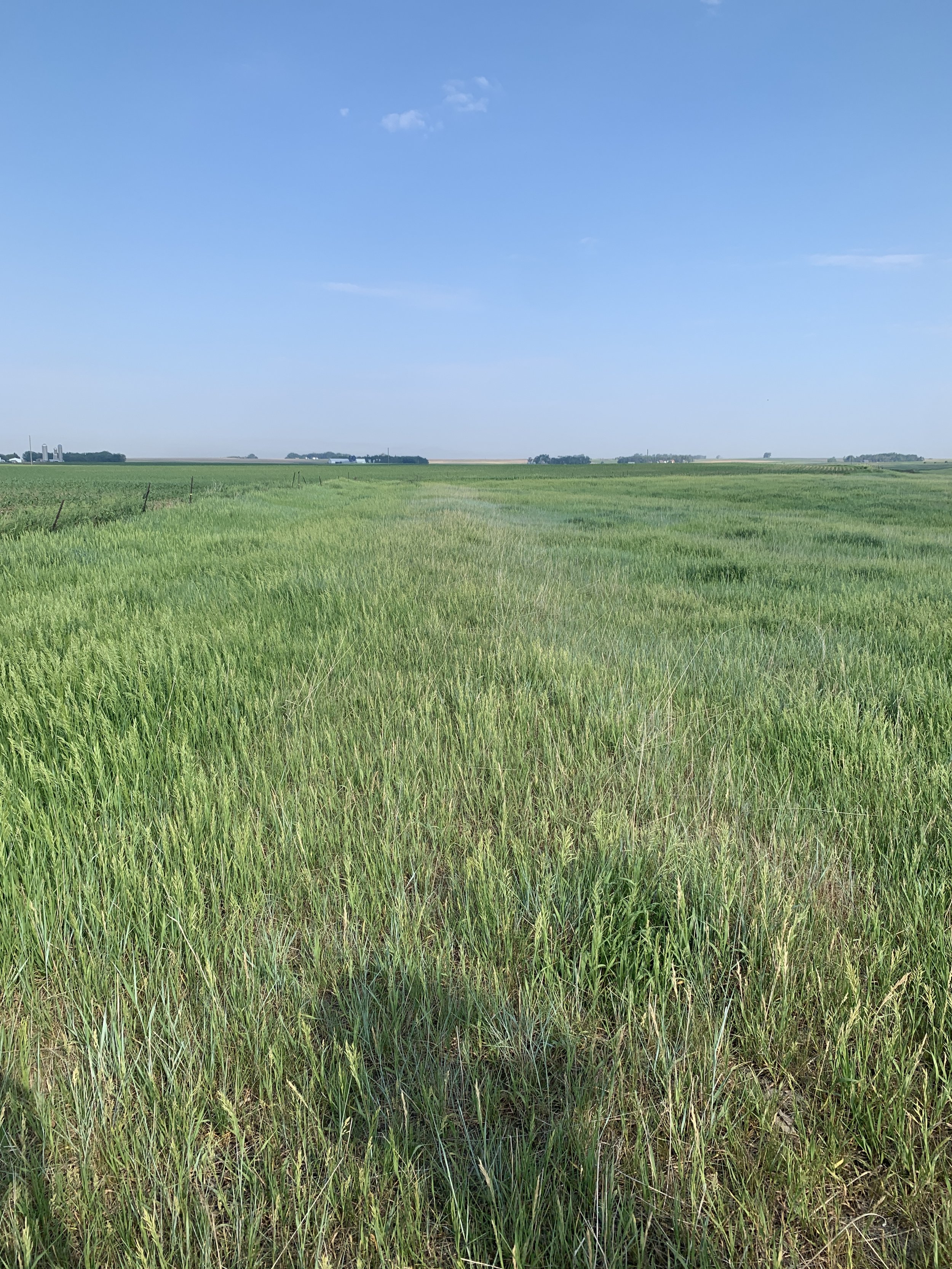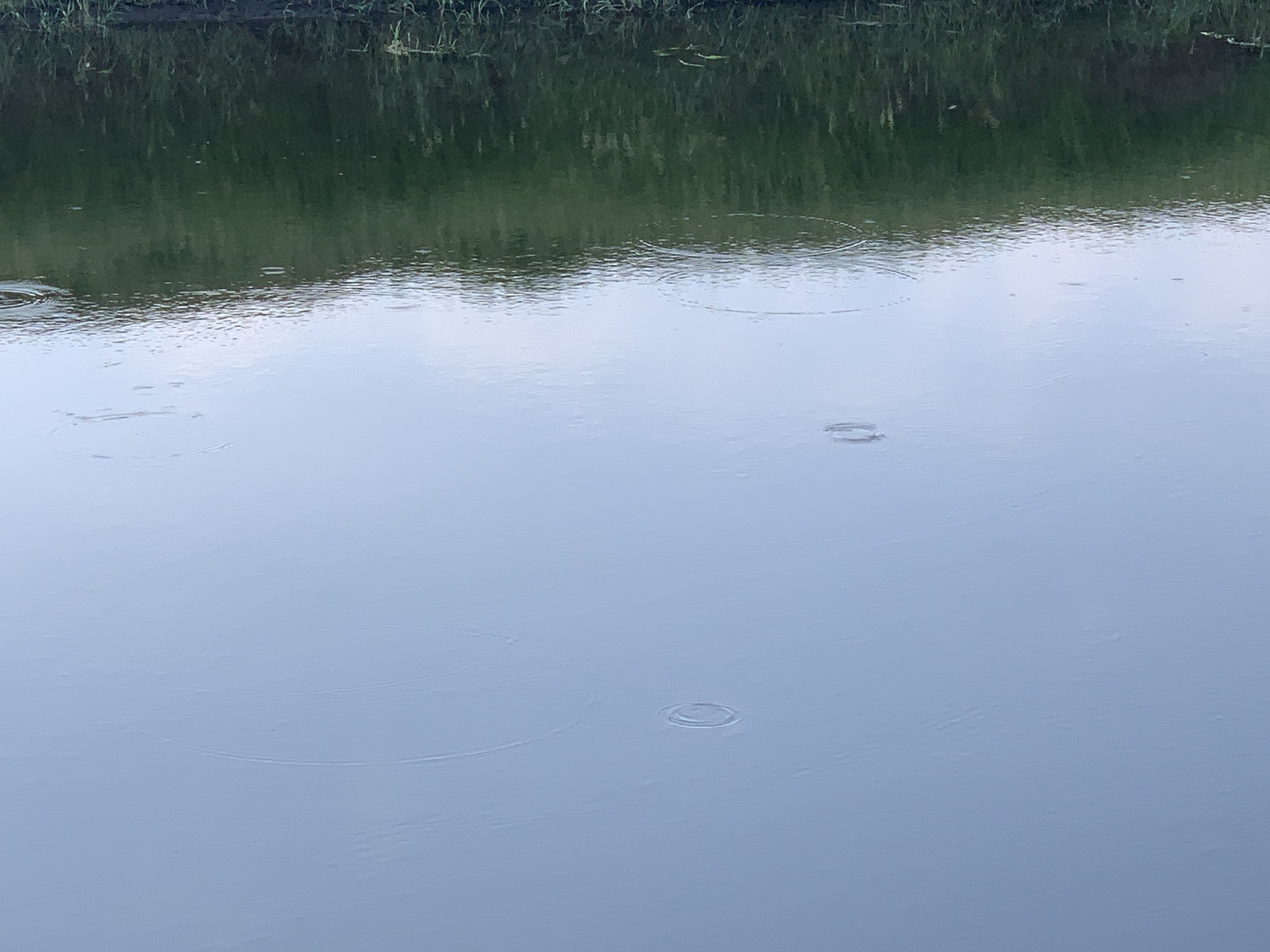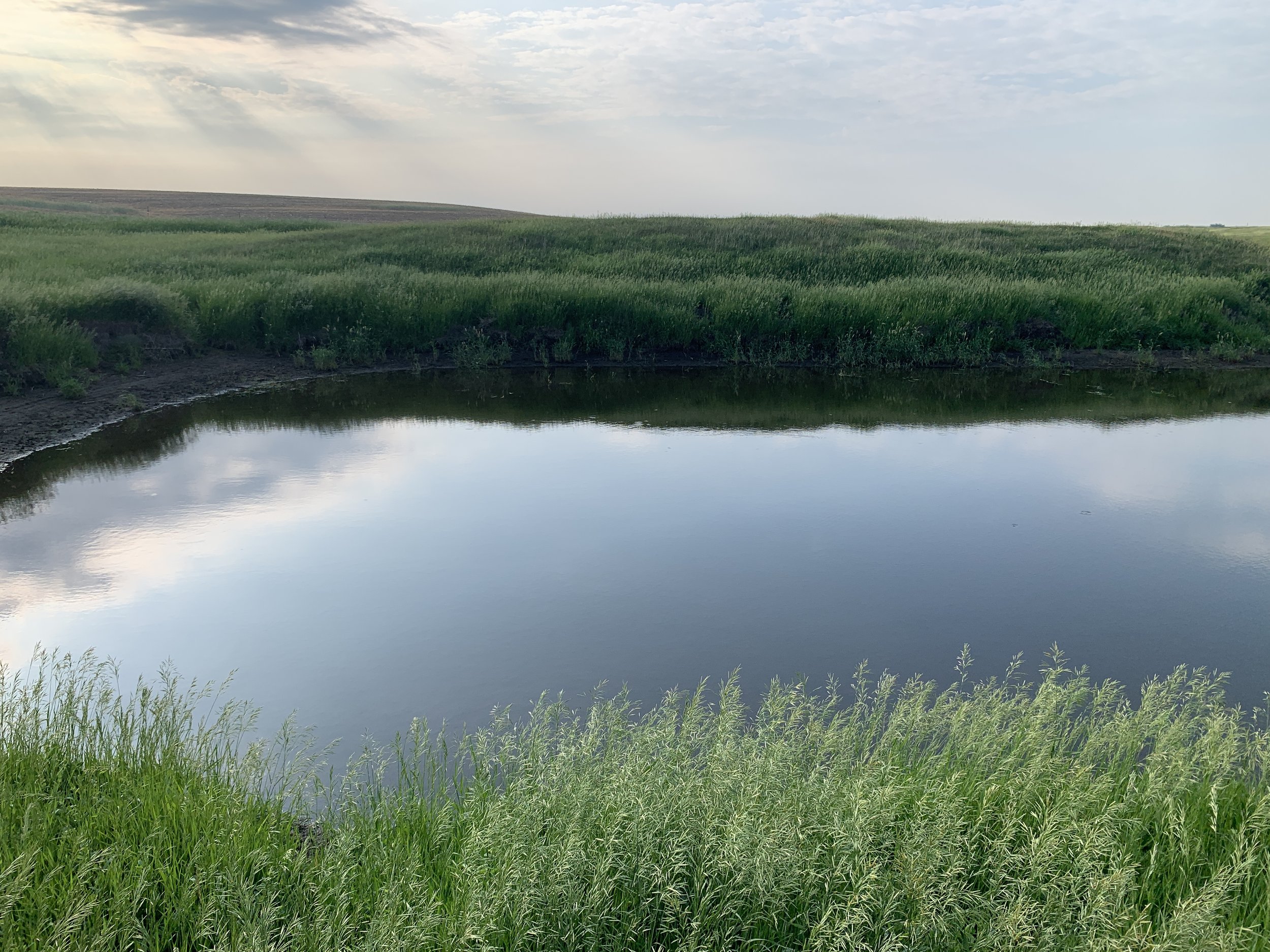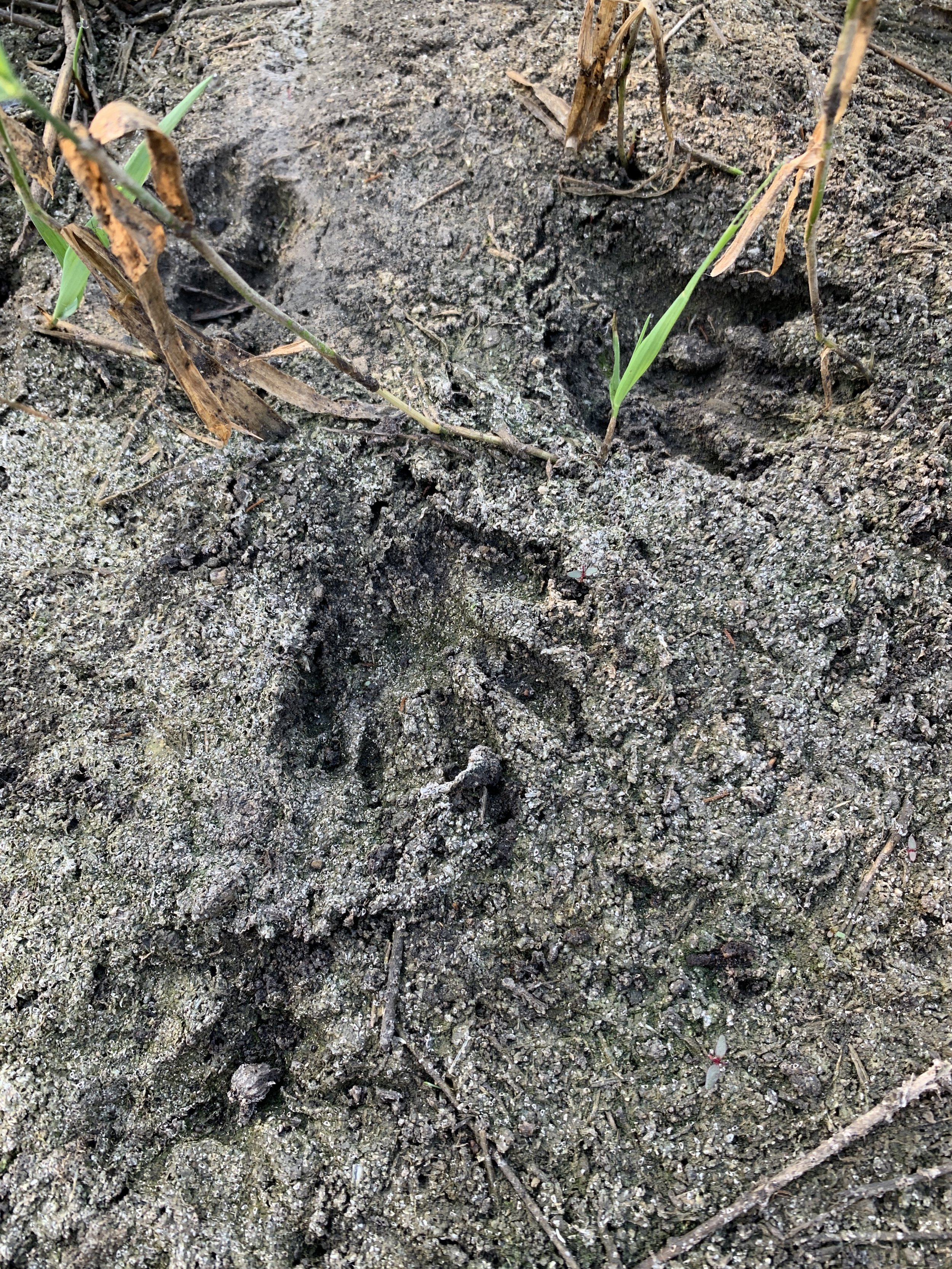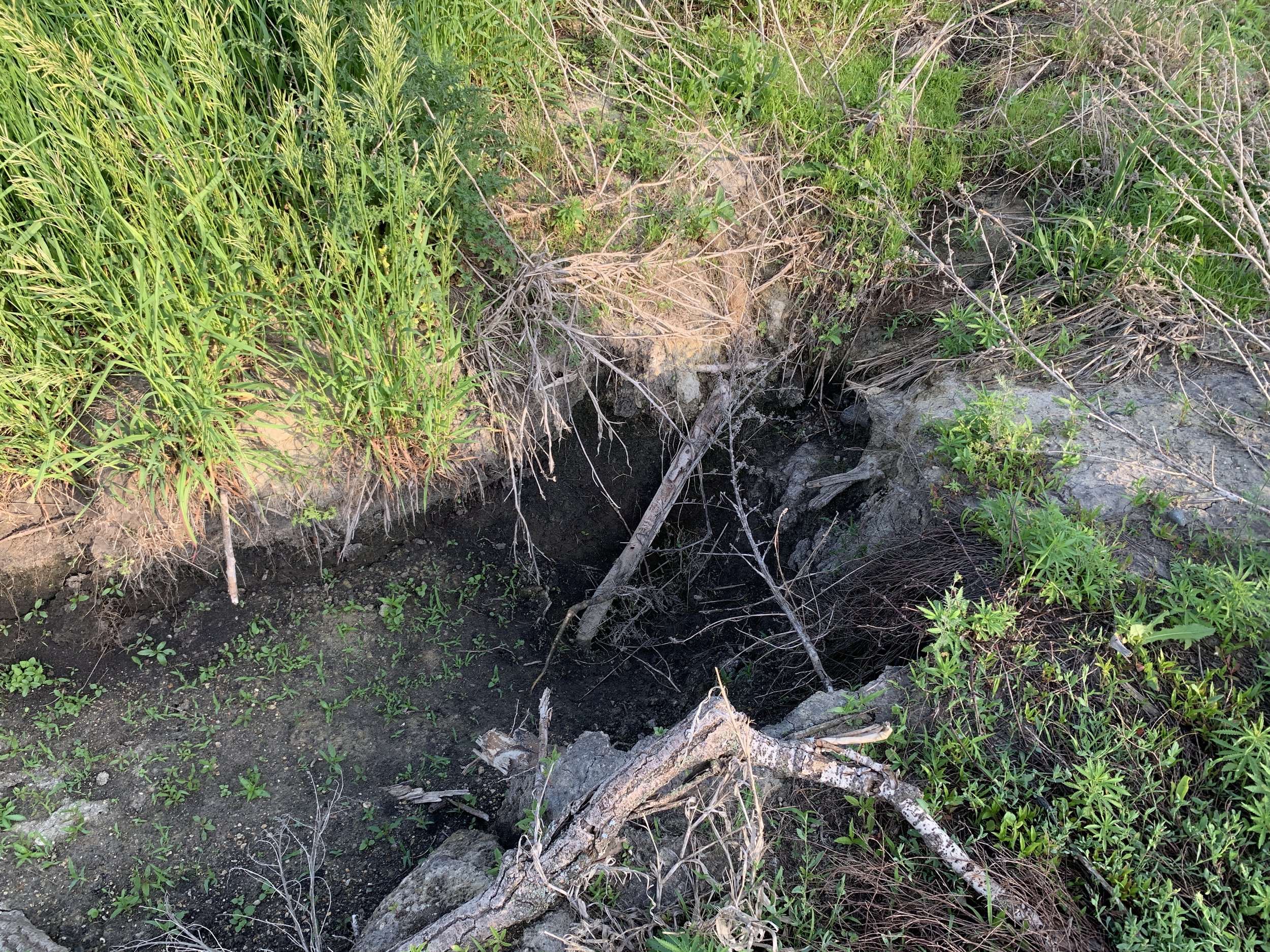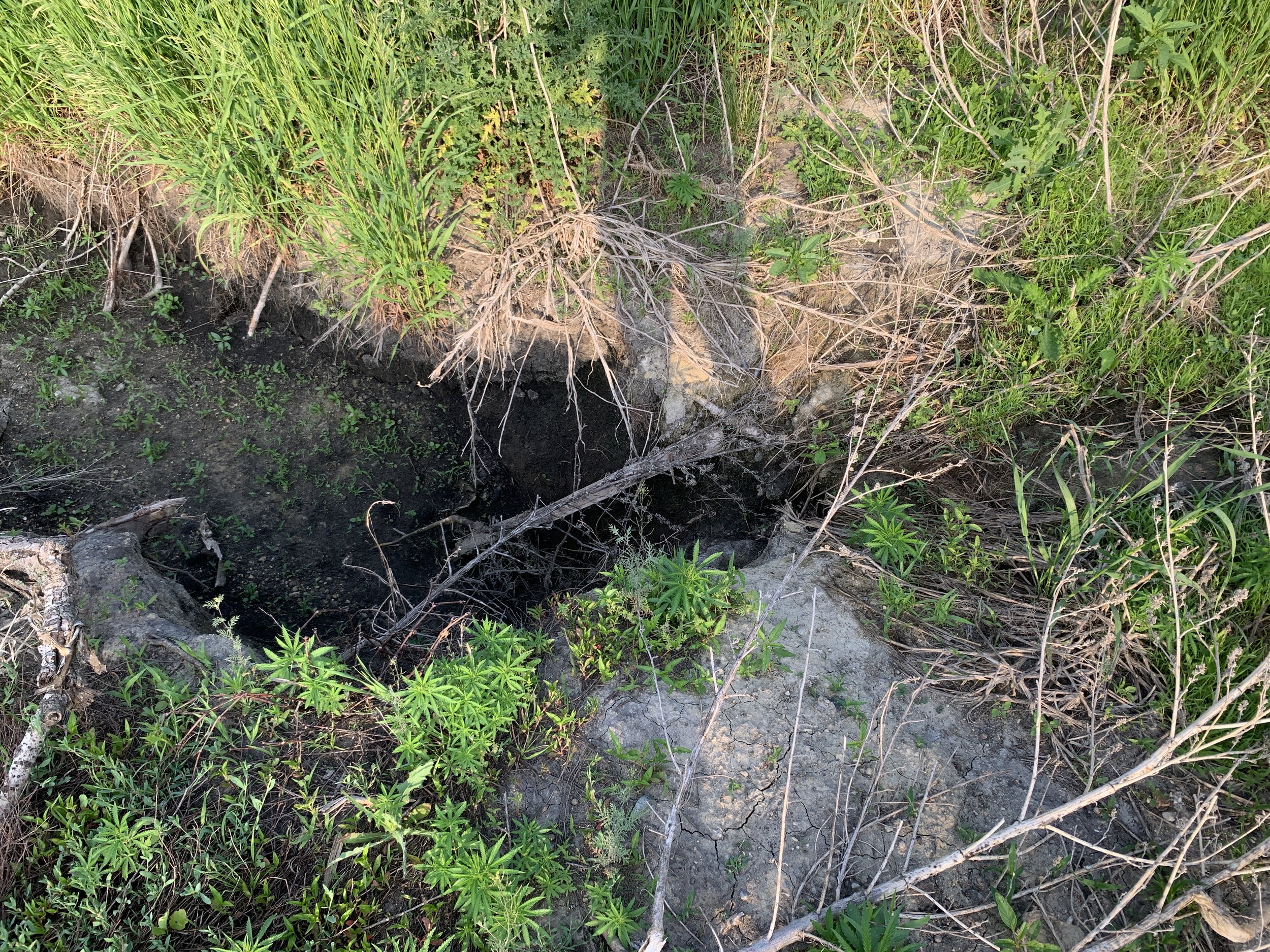Beaver Dam Anologs
Beaver dam analogs (BDAs) are human-built structures designed to mimic the functions of natural beaver dams. These structures are created to restore or enhance ecosystems by imitating the hydrological and ecological benefits of beaver activity. Beavers are known for their dam-building behavior, which creates wetlands and alters landscapes in ways that benefit various plant and animal species.
Benefits of Beaver Dam Analogs:
Water Retention and Recharge: BDAs help in retaining water in the landscape. By slowing down the flow of water, they allow for increased groundwater recharge and help prevent water runoff. This is especially valuable in arid or semi-arid regions.
Floodplain Restoration: Beaver dam analogs contribute to the restoration of floodplains by creating diverse wetland habitats. They enhance the natural floodplain functions and promote biodiversity by providing suitable habitats for various plants, insects, amphibians, and birds.
Improved Water Quality: Slowing down water flow allows sediments and pollutants to settle, leading to improved water quality downstream. This can have positive effects on aquatic ecosystems and human water supplies.
Wildlife Habitat: The creation of wetlands and associated habitats supports a wide range of wildlife. Beaver dam analogs attract various species, including birds, mammals, amphibians, and insects, contributing to increased biodiversity.
Erosion Control: By slowing the movement of water, BDAs can help control erosion in riverbanks and other areas prone to soil loss. This is particularly useful in areas affected by human activities that have disrupted natural hydrological processes.
Climate Change Resilience: Beaver dam analogs may play a role in climate change resilience by contributing to water storage, reducing the impacts of drought, and supporting ecosystems that can adapt to changing conditions.
It's important to note that the success of beaver dam analog projects depends on proper design and site selection. Additionally, these structures should be monitored to ensure they achieve their intended ecological goals without causing unintended negative consequences.


